What does Brussels sprouts look like and how to grow them?
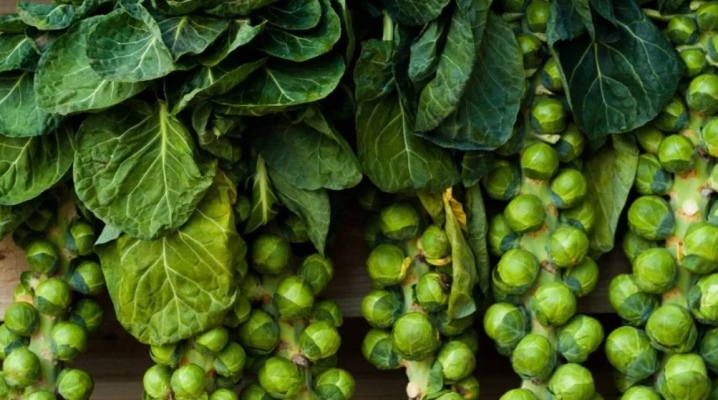
Brussels sprouts are a delicious and healthy vegetable that is popular with healthy food aficionados. With a little effort, anyone can grow it on their site.
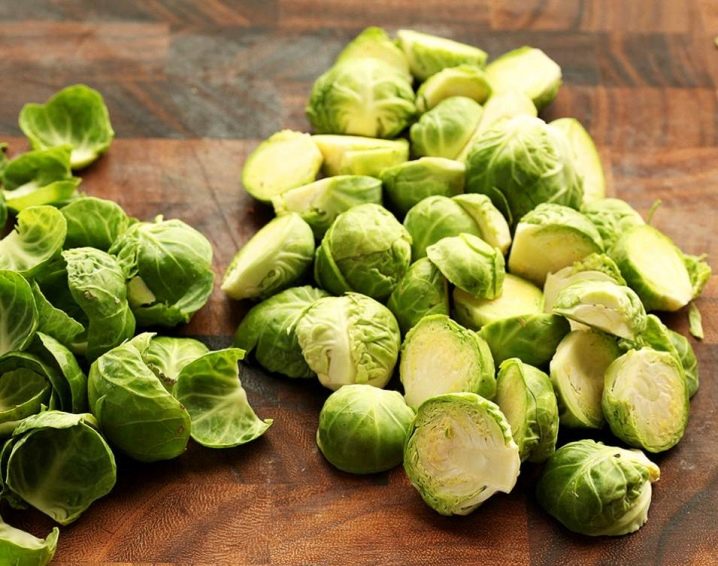
Distribution history
This vegetable is of artificial origin. The plant was developed in Belgium in the middle of the 13th century. In large quantities, this variety of cabbage began to be grown only five centuries later.
She came to Russia at about the same time. But the vegetable did not receive much popularity. But in America and Western Europe, this variety of cabbage is still grown on an industrial scale.

Description
Brussels sprouts belong to the cruciferous family. In the wild, it practically does not occur.
Cabbage grows best in temperate climates. She does not react well to high humidity or heat. The vegetable works well for the middle band. In Siberia and other cold regions, cabbage is grown not outdoors, but in greenhouses.
In the process of plant development, small fruits appear on the stem. They can be loose or tight. The heads of cabbage have a round shape. One plant can contain from 30 to 60 fruits. It all depends on the structural features of the cabbage. Large foliage covers them from above. It can be either dark green or slightly purple.
The taste of the fruits of this cabbage is sweetish-bitter. A very important characteristic of this plant is its high protein content. Eating Belgian cabbage is good for both adults and children.
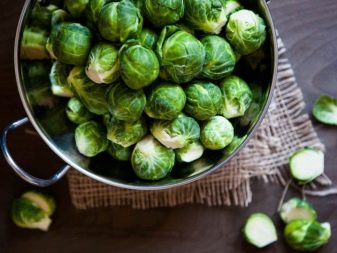

Overview of varieties
In recent years, breeders have developed many different varieties of Brussels sprouts. They all differ from each other in yield, immunity and even appearance. The most popular are the following types of cabbage.
- "Long Island". This early variety of cabbage has a beautiful blistering green foliage. Her taste is very pleasant. Juicy heads of cabbage are great for preparing fresh meals.
- "Hercules". Mid-season cabbage variety. The foliage of such plants is corrugated. Therefore, the heads of cabbage have a slightly loose shape.
- "Funny company". This variety of Brussels sprouts is also mid-season. The product is suitable for freezing.
- "Commander". This late-ripening cabbage has a very light and pleasant taste. The product is used to prepare various salads and other fresh dishes.
- Sanda. This late-ripening cabbage can be used fresh, fermented or frozen. In any case, it remains very tasty.
- Casio. It is a high-yielding and cold-resistant variety. The plant grows up to a meter in height. Its fruits are dense. One plant can produce about 50-60 heads of cabbage.
- "Curl". This is one of the most productive varieties of Brussels sprouts. The plants are also very tall. Many small heads of cabbage cover the stems. The average weight of each of them is 15 grams.
The seeds of these plant varieties can be found at most gardening stores.


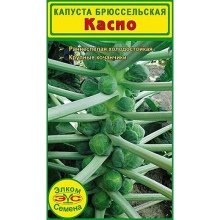
Landing
When planting small cabbage, the following points should be considered.
- Predecessors. Cabbage must not be planted in areas where cruciferous plants used to grow. This will cause the plants to ache frequently. The best precursors for young cabbage are cucumbers, tomatoes, and legumes.
- Time. In the middle lane, cabbage is usually planted in March or April.It all depends on the varietal characteristics of the cabbage. Seedlings are transplanted into open ground at the very beginning of summer.
- Soil quality. Plants thrive on all types of soil. But to increase yields, it is worth choosing beds with fertile soil. If the soil on the site is very poor, the cabbage will grow and develop very slowly. To increase yields, a small amount of organic fertilizers and wood ash is placed in the soil in advance.
- Illumination. Brussels sprouts are light-loving plants. Therefore, it should be planted in well-lit areas. In the shade, cabbage will grow rather poorly. At the same time, it is impossible to allow the foliage of plants to be constantly under the scorching sunlight. This will lead to its wilting.
You can plant Brussels sprouts with both seeds and seedlings.

Seeds
Planting material is pretreated before planting in the soil. This process consists of several stages.
- First of all, the seeds are placed in a container of hot water for 20 minutes. After that, they are washed under running water for two minutes.
- Then the seeds are placed for 10-14 hours in a container with Kornevin's solution. Treatment in a growth stimulator allows you to accelerate the process of seed germination.
- The next day, the planting material is washed and sent to the bottom drawer of the refrigerator for a day. This procedure allows you to harden plants, preparing them for new developmental conditions.
- After that, the seeds must be dried. They shouldn't stick to your hands.
Seeds that have been processed before packing do not need additional preparation.
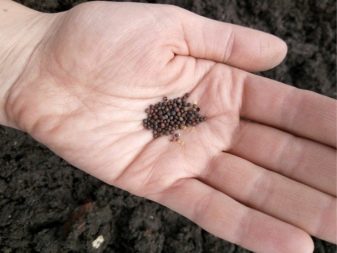
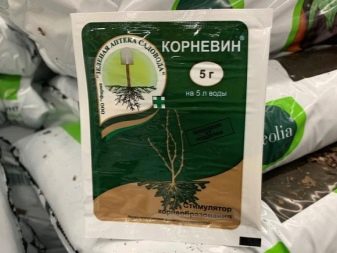
The process of planting seeds in open ground is as follows.
- After waiting for the soil to warm up, the land on the site must be loosened. Small grooves need to be made in the prepared beds. Their depth should be within 1 centimeter.
- After that, you can start planting seeds. The distance between them should be within 12-15 centimeters.
- Crops should be sprinkled with a thin layer of soil and covered with foil. This will help speed up the development of young plants.
- When the seedlings germinate, they will need to be thinned out. The strongest shoots should be left on the site.
After the sprouts appear on the site, the film will need to be removed. In the future, green seedlings will develop quickly and without problems.
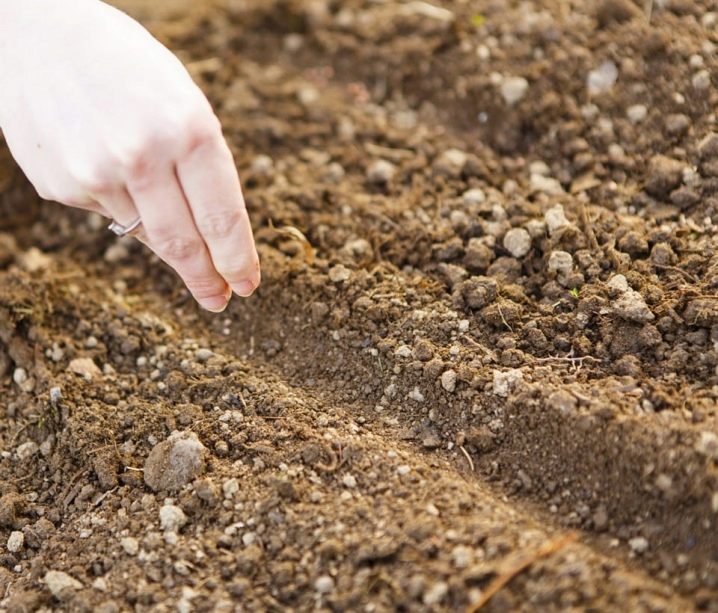
Seedlings
Young plants do not respond well to transplanting. Therefore, seedlings should be grown in individual glasses. Plants are transplanted into open ground by the transshipment method. In this case, the plants experience less stress.
The process of growing green seedlings is as follows.
- To begin with, the cups must be filled with a loose substrate. It is necessary to make holes in it with a depth of 1-1.3 cm.
- The soil mixture must be sprayed with water from a spray bottle. After that, you need to sow seeds in the holes.
- Top crops should be sprinkled with a thin layer of soil. Then the earth must be compacted.
- Crops also need to be covered with foil or transparent glass.
- Containers must be sent to a warm place. This will speed up the process of emergence of the first green shoots.
- After germination of green seedlings, the shelter must be removed. Seedlings need to be moved closer to the light.
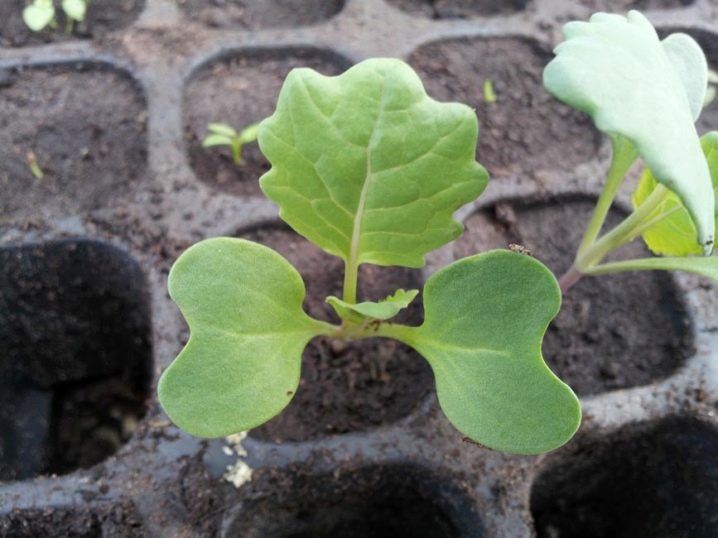
Young seedlings should be watered regularly. This must be done carefully so that the soil does not erode. A couple of days before transplanting, the plants must be hardened. To do this, they are taken out into the street for a while.
As soon as the seedlings grow up, they can be planted in a permanent place in the garden. If you overexpose the seedlings, they will take root less well. A few days before transplanting, the seedlings are no longer watered. Plants are planted in wells prepared in advance. They do it very carefully. The roots of the plant are removed along with the soil. There is no need to shake them off of dirt.
Having fixed the seedling in the hole, its roots are immediately sprinkled with earth. The soil is carefully tamped and then watered abundantly.
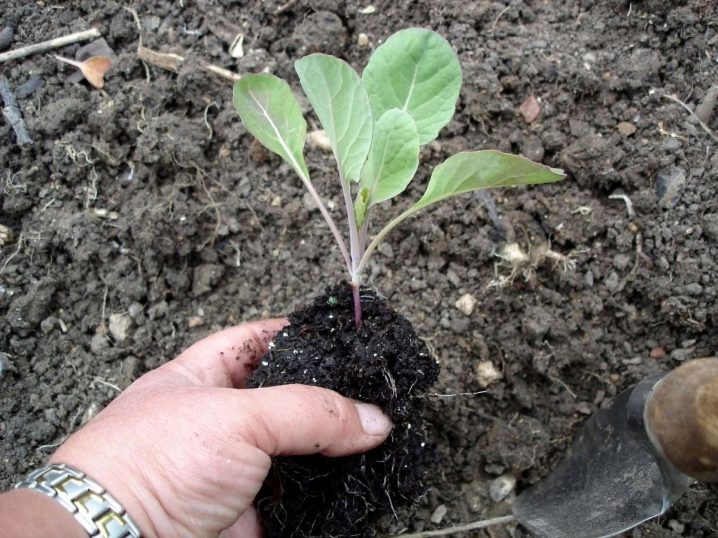
Care
Taking care of Brussels sprouts is not very difficult. Plant agrotechnics consists of the following steps.
Watering
The area where cabbage grows should be well moistened. Plants are watered carefully. Usually, special grooves are made next to the beds for irrigation. Warm, settled water is poured into them at the right time. As a rule, cabbage is watered in the evening or early morning.
Waterlogging of the soil must not be allowed. This can lead to root rot.
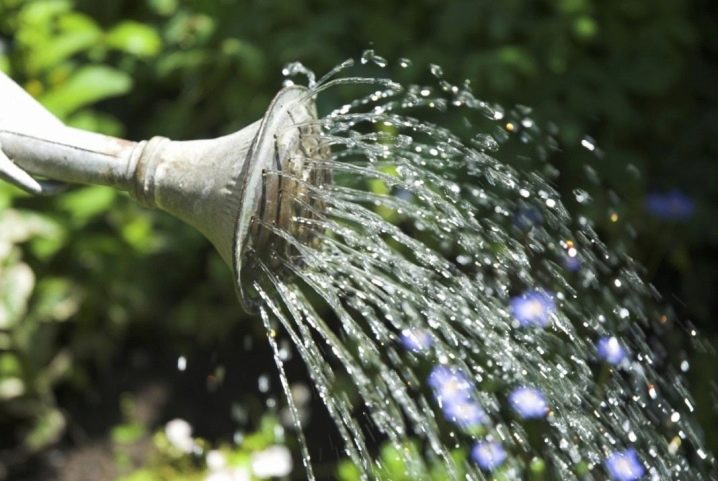
Top dressing
If a sufficient amount of fertilizer was applied to the soil before planting the cabbage, then the cabbage can be left without feeding. But, if the land on the site is poor, half a month after planting the bushes are fertilized with nitroammophos. The second time, the same fertilizer is applied to the soil at the moment the heads of cabbage begin to form.
It is worth feeding the plants only after watering. In this case, the foliage and root system will definitely not be damaged.
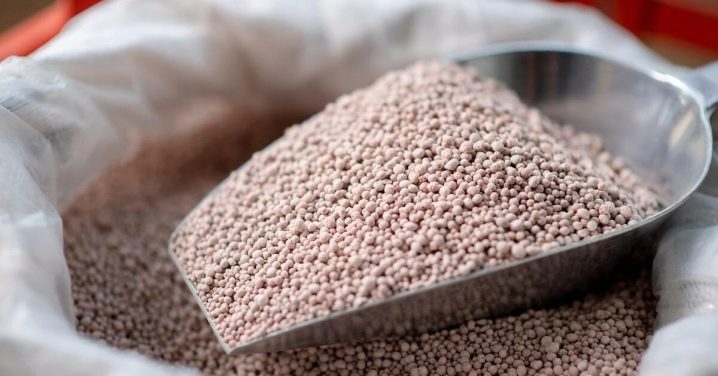
Shaping
Brussels sprouts, like cauliflower or purple cabbage, need pinching. This procedure allows you to accelerate the growth and development of heads of cabbage. Shaping is carried out in the middle of summer. Only hybrids or late-ripening varieties should be pinched.
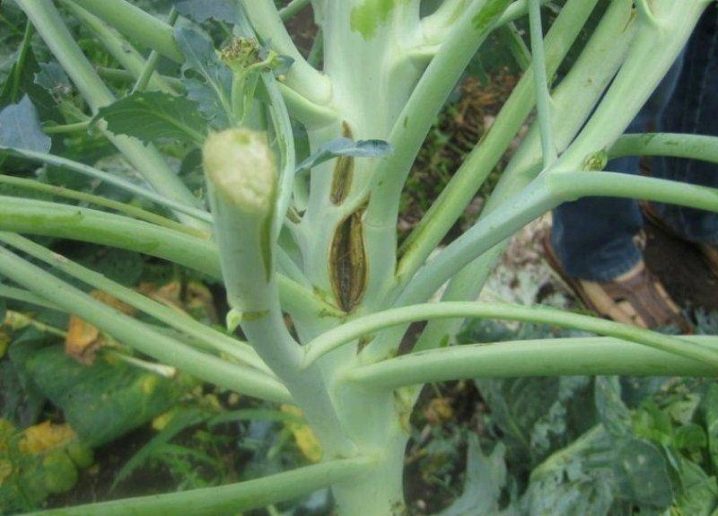
Loosening and hilling
Regular loosening of the soil also plays an important role in plant care. This prevents the formation of a crust on the surface of the soil. It is recommended to loosen the soil after watering the plants.
In order for the roots to be reliably protected, cabbage must be tucked several times per season. In the process, the earth is gently raked to the stem, without affecting the small heads of cabbage.
Mulching the cabbage will also benefit the plants. Dry straw or cut grass can be used as mulch. The layer needs to be constantly updated. This will keep moisture in the soil.
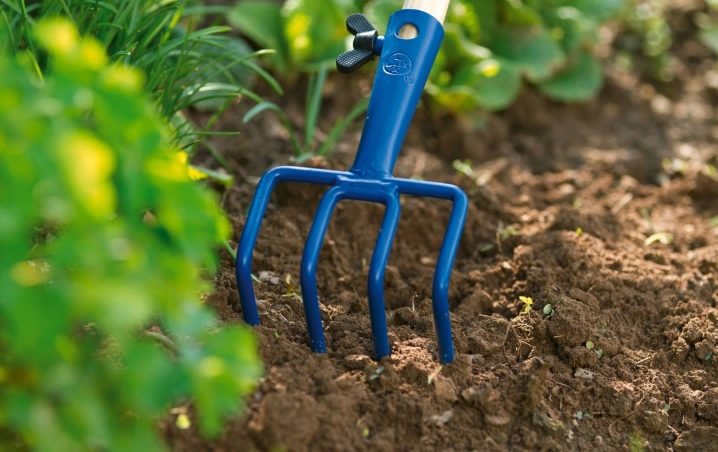
Diseases and pests
Young cabbage is usually affected by the following diseases.
- Dry rot. This disease is also known as phomosis. Dark spots with black dots form on the foliage and roots of plants. They become yellowish-gray very quickly. The spots darken over time. If the plant is just starting to hurt, it must be treated with a biological product. Trichodermin has proven itself well in the fight against this disease.
- Keela. This disease most often develops in areas with acidic soil. Its main feature is the appearance of bulky growths on the roots and stems. Over time, the plant stops growing. If the roots of plants have been damaged, it will no longer be possible to cure them. Therefore, it remains only to remove the cabbage from the beds. After carrying out this procedure, the garden bed must be sprayed with any fungicide.
- Blackleg. This is a common fungal disease. The plant's stem begins to darken and rot. To prevent the development of the disease, plants are watered with a solution containing "Fitosporin".
- Downy mildew. This disease is also called peronosporosis. Most often, it affects young seedlings. The foliage is covered with a dense gray bloom. In the future, it begins to turn yellow and fade. Only preliminary treatment with proven systemic fungicides can save seedlings.
- Mosaic. This is one of the most dangerous viral diseases. The foliage becomes stained and begins to deform. Dealing with the mosaic is quite difficult. If the plants are not severely affected, the diseased areas must be carefully removed. After that, the foliage needs to be sprayed with a weak solution of "Karbofos".
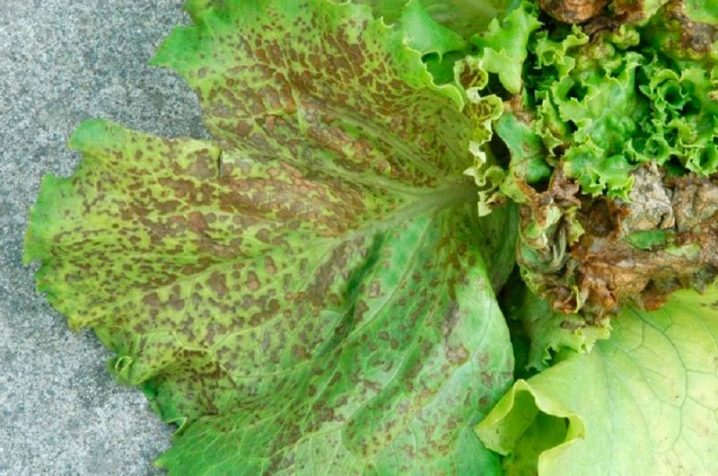
Insects also often attack cabbage beds.
- Cruciferous flea. These pests destroy plant foliage very quickly. To prevent their appearance on the site, you can plant caraway seeds, dill, marigolds or calendula next to the cabbage. Insecticide solutions can be used to control insects. One of the proven options is Aktara.
- Cabbage leaf beetle.
- Belyanka. This pest is also often called babanukha. Black bugs destroy green foliage very quickly.To combat these insects, a mixture of wood ash and dry mustard is used. In the fall, the area where these pests were found must be cleaned of plant debris and dug up.
- Medvedka. This is a fairly large garden pest. The insect breaks through a large number of so-called corridors on the site and quickly destroys all plants that meet on the way. For pest control, it is best to use proven chemicals, such as Medvetox.
- Scoop. The danger to plants is not the butterflies themselves, but their caterpillars. They quickly destroy the succulent green foliage. Caterpillars can be harvested by hand or sprayed with pesticides. If fruits are already beginning to form on the site, it is best to use biological products instead of chemicals.
If you properly care for the site, it will not take very much time to fight insects and diseases.

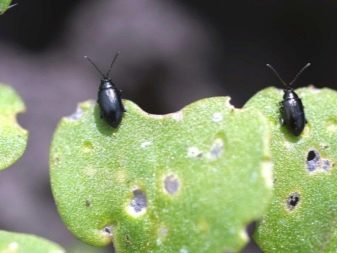
Harvesting and storage
About a week before harvesting, the cabbage should be carefully examined. The heads must be cleaned of excess foliage. After a couple of days, the plants are carefully dug up. They need to be stored along with the stems. This allows you to increase the keeping quality of plants.
In this form, the fruits are placed in boxes and transferred to the basement or cellar. In such conditions, cabbage is stored for 1-1.5 months.
It is not recommended to close the drawers tightly. This can lead to decay of the heads of cabbage.
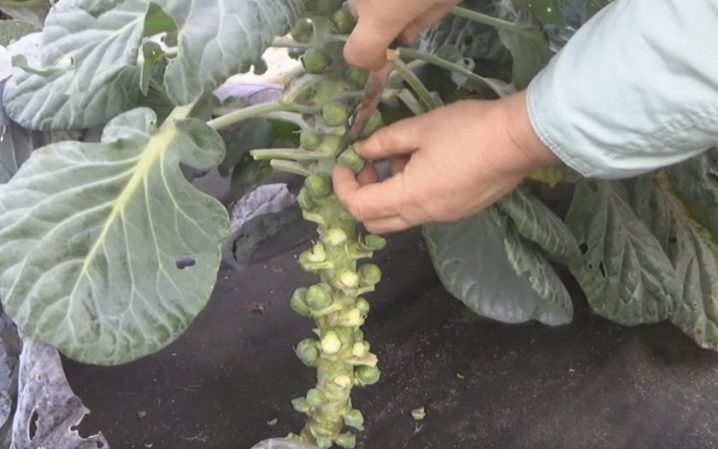
In an apartment, fruits are usually stored in the freezer. Before freezing, the collected heads of cabbage are dipped in salt water for 10-20 minutes. This allows insects to be removed from vegetables. Frozen Brussels sprouts can be stored for about three months.
The harvested fruits can be used to prepare various soups, salads and light side dishes.
Adhering to simple rules, it will be very easy to grow Belgian cabbage on your site.














The comment was sent successfully.